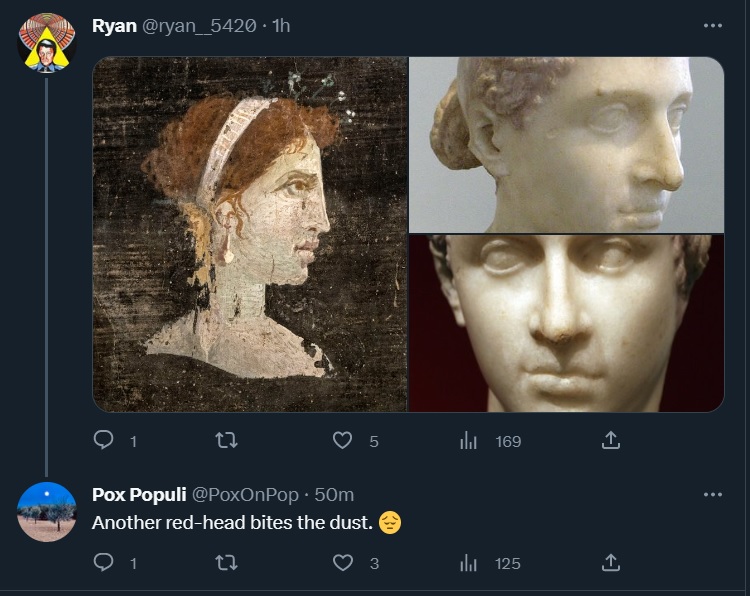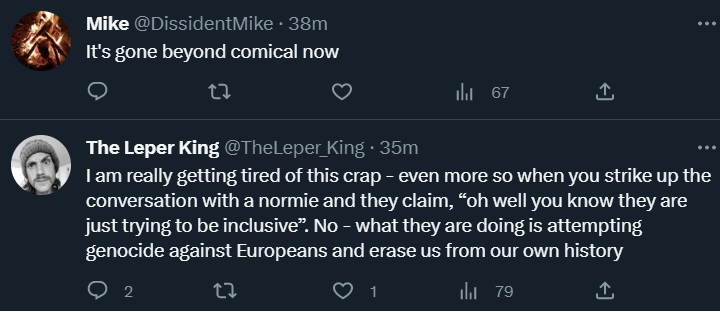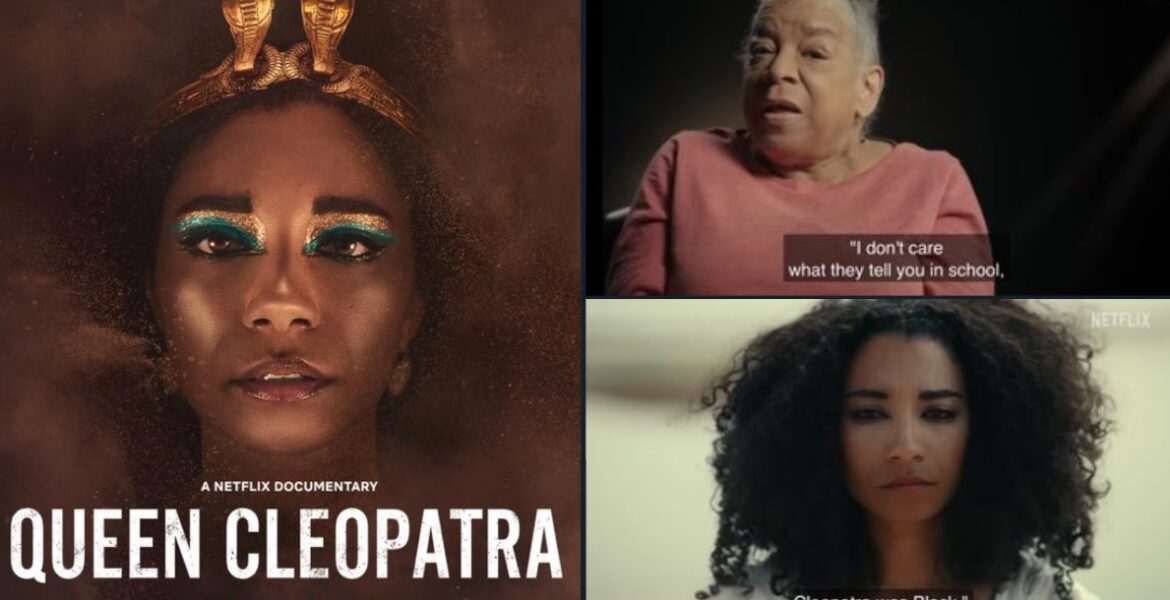Netflix has controversially added the Greek Queen of Egypt, Cleopatra, to its list of "blackwashed" historical figures and has thus received much criticism for its revisionism.
Narrated and executive produced by Jada Pinkett Smith, Netflix documentary 'Queen Cleopatra' supposedly explores the queen's legacy and the untold story of her reign, a plot which has been overshadowed by her romance with Mark Antony and is now being "blackwashed" by Netflix.


 See the trailer:
See the trailer:
RESOURCE | ABOUT CLEOPATRA
Cleopatra VII Philopator (Greek: Κλεοπάτρα Φιλοπάτωρ; 69 BC – 10 August 30 BC), often referred to simply as Cleopatra, was Queen of the Ptolemaic Kingdom of Egypt, and its last active ruler.
A member of the Ptolemaic dynasty, she was a descendant of its founder Ptolemy I Soter, a Macedonian Greek general and companion of Alexander the Great. After the death of Cleopatra, Egypt became a province of the Roman Empire, marking the end of the second to last Hellenistic state and the age that had lasted since the reign of Alexander (336–323 BC).
Her native language was Koine Greek, and she was the only Ptolemaic ruler to learn the Egyptian language.
In 58 BC, Cleopatra presumably accompanied her father, Ptolemy XII Auletes, during his exile to Rome after a revolt in Egypt (a Roman client state), allowing his daughter Berenice IV to claim the throne. Berenice was killed in 55 BC when Ptolemy returned to Egypt with Roman military assistance.
When he died in 51 BC, the joint reign of Cleopatra and her brother Ptolemy XIII began, but a falling-out between them led to an open civil war. After losing the 48 BC Battle of Pharsalus in Greece against his rival Julius Caesar (a Roman dictator and consul) in Caesar's Civil War, the Roman statesman Pompey fled to Egypt.
Pompey had been a political ally of Ptolemy XII, but Ptolemy XIII, at the urging of his court eunuchs, had Pompey ambushed and killed before Caesar arrived and occupied Alexandria. Caesar then attempted to reconcile the rival Ptolemaic siblings, but Ptolemy's chief adviser, Potheinos, viewed Caesar's terms as favouring Cleopatra, so his forces besieged her and Caesar at the palace.
Shortly after reinforcements lifted the siege, Ptolemy XIII died in the 47 BC Battle of the Nile; Cleopatra's half-sister Arsinoe IV was eventually exiled to Ephesus for her role in carrying out the siege. Caesar declared Cleopatra and her brother Ptolemy XIV joint rulers but maintained a private affair with Cleopatra that produced a son, Caesarion.
Cleopatra travelled to Rome as a client queen in 46 and 44 BC, staying at Caesar's villa. After the assassinations of Caesar and (on her orders) Ptolemy XIV in 44 BC, she named Caesarion co-ruler Ptolemy XV.
In the Liberators' civil war of 43–42 BC, Cleopatra sided with the Roman Second Triumvirate formed by Caesar's grandnephew and heir Octavian, Mark Antony, and Marcus Aemilius Lepidus. After meeting at Tarsos in 41 BC, the queen had an affair with Antony.
He executed Arsinoe at her request and became increasingly reliant on Cleopatra for funding and military aid during his invasions of the Parthian Empire and the Kingdom of Armenia.
The Donations of Alexandria declared their children Alexander Helios, Cleopatra Selene II, and Ptolemy Philadelphus rulers over various erstwhile territories under Antony's triumviral authority.
This event, their marriage, and Antony's divorce of Octavian's sister Octavia Minor led to the Final War of the Roman Republic. Octavian engaged in a propaganda war, forced Antony's allies in the Roman Senate to flee Rome in 32 BC, and declared war on Cleopatra.
After defeating Antony and Cleopatra's naval fleet at the 31 BC Battle of Actium, Octavian's forces invaded Egypt in 30 BC and defeated Antony, leading to Antony's suicide.
When Cleopatra learned that Octavian planned to bring her to his Roman triumphal procession, she killed herself by poisoning, contrary to the popular belief that an asp bit her.
Cleopatra's legacy survives in ancient and modern works of art. Roman historiography and Latin poetry produced a critical view of the queen that pervaded later Medieval and Renaissance literature.
Her ancient depictions in the visual arts include Roman busts, paintings, sculptures, cameo carvings and glass, Ptolemaic and Roman coinage, and reliefs. In Renaissance and Baroque art, she was the subject of many works, including operas, paintings, poetry, sculptures, and theatrical dramas.
She has become a pop culture icon of Egyptomania since the Victorian era. In modern times, Cleopatra has appeared in the applied and fine arts, burlesque satire, Hollywood films, and brand images for commercial products.
https://twitter.com/PoxOnPop/status/1646296023487135745?s=20

